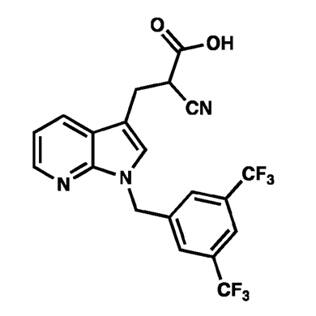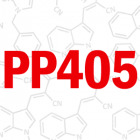PP405 vs existing hair-loss treatments (minoxidil, finasteride, PRP)
Quick take: PP405 is a new, investigational topical that aims to reactivate dormant follicle stem cells, a different tactic from the familiar toolkit of minoxidil, finasteride and PRP. Early human work looks promising, but this is still a therapy in clinical development, not a ready made cure.
How it works, in plain language: PP405 appears to target the biology that keeps follicles asleep, nudging them back into an active growth cycle; early Phase 2a data show measurable density increases in some participants. That contrasts with minoxidil, which seems to extend the growth phase and boost follicle perfusion, and with finasteride, which lowers DHT levels by inhibiting 5-alpha-reductase.
What that means for you: If your follicles are dormant but still viable, PP405 could theoretically restore new hair rather than merely preserving what remains. Minoxidil and finasteride are proven, widely available options that often need ongoing use to keep gains; stopping them typically lets thinning resume. PRP, meanwhile, is an injection based, variable treatment with mixed but sometimes helpful evidence when combined with other therapies.
Risks and reality check: PP405 passed early safety endpoints, yet it's not FDA approved and long term outcomes, ideal dosing, and real world effectiveness are still open questions. Minoxidil and finasteride carry known side effect profiles and decades of follow up; PRP’s results depend heavily on clinic technique and patient selection.
If you are shopping for solutions, think stage of hair loss, tolerance for medication, and whether you prefer an evidence backed prescription now or an emerging regenerative approach down the line. New biology is thrilling, but certainty comes with time and larger trials. #PP405 #HairLoss #HairRegrowth

